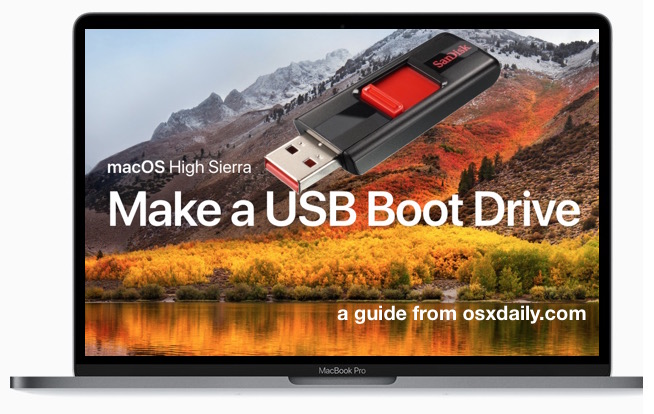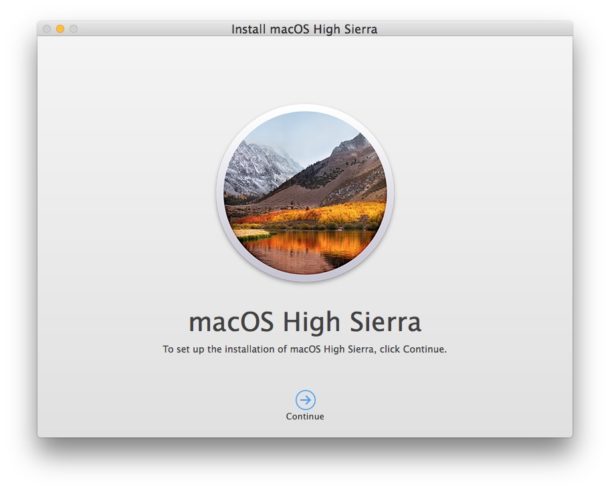Trying to include webp to PDF
OS X How To
A Mac OS X How To Blog
Thursday, February 22, 2024
Wednesday, October 6, 2021
How to see mac partitions on Windows 10
Apple HFS+ drivers DO work after 1607 Anniversary Update, they just have problems mounting the drives. You can mount them manually with the risks associated with it. (Personally I have encountered exactly zero bugs/problems in several weeks of hard usage and testing on 3 computers, so I started recommending my method on net. I am writing this warning anyway, as mounting a partition forcibly may still have unforeseen consequences I have yet to face..)
Firstly, make sure you have drivers from 6.0 installed, 6.1 does not have HFS+ drivers. You can reinstall to be sure, or
go to Windows\system32\drivers\ check if AppleHFS.sys and AppleMNT.sys is there.
Run regedit, go check if "AppleHFS" and "AppleMNT" keys exist in "HKEY_LOCAL_MACHINE\SYSTEM\CurrentControlSet\services\"; each should also have some string and dword values in it.
Personally, I would extract these two .sys files from an 6.0 install, google on how to install them via registry tweaks, and make the habit of always using most up-to-date bootcamp drivers. Apart from bug fixing and optimisations, new macs a few years into future will just not function properly on 6.0 drivers.
Reboot after installing your Apple HFS drivers. Nothing will show up on 1607 after reboot, but I would still feel better to install these drivers before we try and mount them.
Secondly, make sure you are not using CoreStorage. I am reasonably certain "read only" HFS driver can't do any harm, but its better to be safe than sorry.
If you are good to go, you have two options;
Option#1; mount your bootcamp partion via DOS Devices registry edit;
Run regedit, navigate to "HKEY_LOCAL_MACHINE/system/CurrentControlSet/Control/Session Manager/DOS Devices/"
Right click->new->add string
Enter your drive letter by adding ":" In "data" type "\Device\HarddiskVolume#", where # will be the volume number of your partition as it would be detected in MS-DOS. In your case it SHOULD be 2, as it is the 2nd partition of disk0. (In MY computer, disk0 has 1 partition, my MacOS partition is 2nd one on disk1, so MY partition number is 3, just count your partitions starting with 1.)
Your registry entry should (provided nothing is changed in 4 months you posted this) show "D:", "REG_SZ" and "\Device\HarddiskVolume2" for name, type and data respectively (assuming D: is the drive letter you want for your macOS partition).
Never use letter C: or any other drive letter that may contradict with your Windows installation, as this may render your windows unbootable. (Or may not, its just a matter of luck whether windows choses to mount DOS devices first, or its own disk management.) It is (probably) safe to do trial and error on volume #, it won't break anything even if you accidentally select your windows partition, it will just mount it twice with different letters.
Reboot and your MacOS partition should be there.
Before using, go to properties of your new disk in "This PC" and your "file system" should be HFS and it should report used and free spaces correctly. If it is RAW, never try to reformat, check your AppleHFS.sys install.
Option#2; use a program that can mount disks via Session Manager (in other words it will make the registry entries for you).
Download ext2fsd even though you probably have nothing to do with ext2 or linux.
Open Ext2 Volume Manager. In "File System" tab, your macOS partition will show as "HFS". If you installed ext2fsd before succesfully installing bootcamp drivers, it will just show as "RAW". (kind of proving bootcamp drivers DO work)
Right click, select assign drive letter (or change drive letter).
In the pop-up menu, select the drive letter first, then select the tick "Create a permanent MountPoint via Session Manager." It -weirdly- closes the pop-up before you click "OK". (Ext2fsd is a little buggy, you should select drive letter first, then select the tickbox. If you want to change drive letter, I suggest removing the existing one first, then re-add it from scratch)
Reboot, and the macOS partition will be there just like before anniversary update.
In both options, your diskpart or disk management will still show your HFS partition as RAW, (so does minitool partition wizard etc), but it will function normally, and you should be able to confirm it as HFS in properties menu. In analogy, this method tries to define your partition letter like defining a legacy COM or Printer (LPT) port.
Source: https://apple.stackexchange.com/questions/251656/how-can-i-make-mac-partition-visible-in-bootcamp-windows-10-anniversary-update
Friday, November 2, 2018
How to play youtube on background for Android and ios
This used to be very easy on both Android and IOS before youtube decided to release youtube red. Luckily there is a workaround.
It is pretty much same for both android and ios. 1. You need to use chrome.
2. Request desktop mode
3. Start your video
4. Go to your home screen
5. Your video will pause slide to audio options and resum
6. Thats all enjoy!
Credit to linked video:
https://www.youtube.com/watch?v=wr7Gy7VINB8&app=desktop
Saturday, December 9, 2017
How to Create a Bootable Install Drive for macOS High Sierra

Requirements to Create a macOS High Sierra Bootable USB Installer
- A blank USB flash drive (16GB or larger is recommended) you don’t mind formatting, this will become the boot installer drive for macOS High Sierra
- A Mac with access to the App Store
- The complete macOS High Sierra installer application downloaded from the Mac App Store(some users end up with an incomplete installer sized at 19MB, you can follow instructions here to get the entire 5GB macOS 10.13 installer if necessary)
How to Make a Bootable USB Installer for macOS High Sierra
- Connect the USB flash drive to the Mac, if you need to format it go ahead and do so
- Download macOS High Sierra installer application from the App Store* and be sure the complete installer is located in the /Applications/ directory
- When the installer has completed downloading, it will automatically launch – quit out of the installer when this occurs
- Open the “Terminal” application found in /Applications/Utilities/ directory on the Mac
- Enter the following command syntax at the command line, replacing “UNTITLED” with your USB drive name if necessary:
- Confirm the syntax is exactly as written, then hit the RETURN key and enter the administrator password to start making the High Sierra installer drive *
- Let the installer complete, when finished you will be informed that the process has completed
sudo /Applications/Install\ macOS\ High\ Sierra.app/Contents/Resources/createinstallmedia --volume /Volumes/UNTITLED && say Boot Installer Complete
Booting from the macOS High Sierra USB Installer Drive


Source: http://osxdaily.com/2017/09/27/create-macos-high-sierra-bootable-installer-usb/
Thursday, November 30, 2017
How to delete a file immediately in OS X
Sunday, October 30, 2016
Auto-hide dock with a keyboard shortcut
Saturday, June 11, 2016
-
Today there is an app for most of the things at least for iPhone. But yet there might me some stuff you care only accessible from a website....
-
Apple HFS+ drivers DO work after 1607 Anniversary Update, they just have problems mounting the drives. You can mount them manually with the ...
-
Hi. Today I want to share one of the first modification I made on my mac when I upgraded to Lion. That modification was to remove username f...

